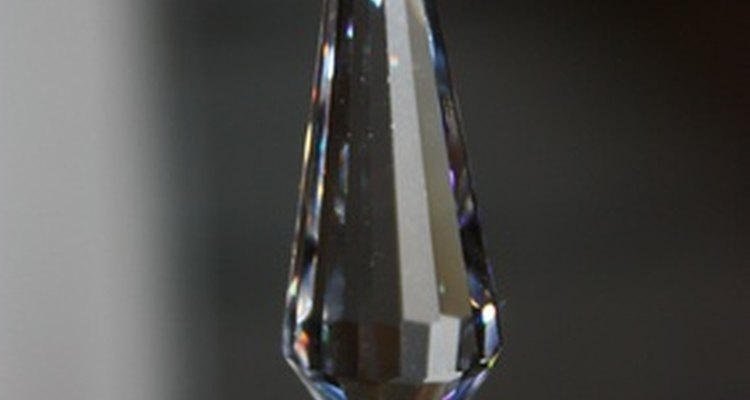
Rhinestones are imitation stones made of either glass or crystal. They are faceted and colored to adorn clothes and art. However, there is a difference between glass and crystal rhinestones that affects quality, price and style. Crystal and glass rhinestones can be purchased online, and at specialty shops, arts and craft stores and hobby shops.
History of Rhinestones
Rhinestones were originally called Czechoslovakian and Bohemian glass beginning in the 13th century. The Czech glass eventually became known as rhinestones. By using different kinds of metals, these man-made gems were colored and made into highly refined glass. Rhinestones were also referred to as paste because some rhinestones were made of ground glass that was molded, melted and then formed into an opaque dense glass stone.
Use of Rhinestones
Rhinestones are used to enhance and accent clothing, accessories, art and decorations. They have also played a role in costume jewelry for hundreds of years. Rhinestones are often used on bridal gowns, prom gowns and special occasion dresses. They can be glued or sewn onto material.
Glass
Glass mixed with lead forms crystal. Pure glass does not contain lead. Glass will not reflect light and make scintillating colors like crystal can, because glass does not contain the lead element. Glass is a lighter material than crystal.
Crystal
When lead oxide is added to glass, crystal is produced. The lead enhances the sparkle of the crystal and helps to reflect the colors better than pure glass. The higher the lead content, the better quality of the crystal. Glass must have at least a one percent lead content to be classified as crystal in the United States. In Europe, the lead content must be at least four percent to be classified as a crystal. Crystal rhinestones are more expensive than glass rhinestones.
Swarovski
Daniel Swarovski revolutionized the jewelry business in 1891 with his invention of a new glass cutting machine. The machine could cut facets into glass in a very short time. Swarovski is recognized as being the highest quality machine cut and polished crystal manufacturer in the industry. The height, width and slope are perfectly uniform for all Swarovski crystals. Swarovski crystals have a lead content of more than 30 percent. In 1982, Swarovski gifted Liberace with a clear, 51 pound, 115,000 carat rhinestone.
Related Articles

How to Tell the Difference Between Cut ...

Tanzanite Vs. Diamonds

The Difference Between Brown and White ...

Information on African Rubies
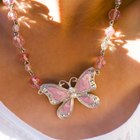
What Materials Are Used to Make Costume ...
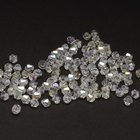
What Is Crystal AB?
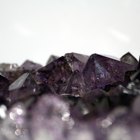
Types of Valuable Crystals
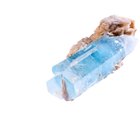
List of the Types of Semi-Precious ...

The Value of Commercial Grade Diamonds

Characteristics of Oven-proof Plates

What Is 916 in Jewelry?

How to Clean Sterling Silver & Opals
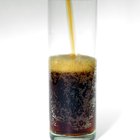
Is There Glucose in Soda?
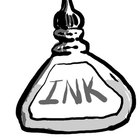
How to Make Silver Ink
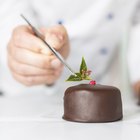
The Difference Between Bittersweet ...

Can a White Gold Ring Be Made into ...

What Is Better for Cookware: Glass, ...

List of the Different Kinds of Mixed ...

Are There Any Harmful Ingredients in ...

What Is Ceylon Sapphire?
References
Writer Bio
Shauna Heathman is a certified image consultant with a passion for writing, and has been writing since 2006. She has maintained a blog of her own for three years in which she writes on topics concerning self development, appearance, style, etiquette and communications. Heathman has a bachelor's degree in communication studies and an entrepreneurship certificate from the University of Iowa.
Photo Credits
crystal image by ChristArt from Fotolia.com